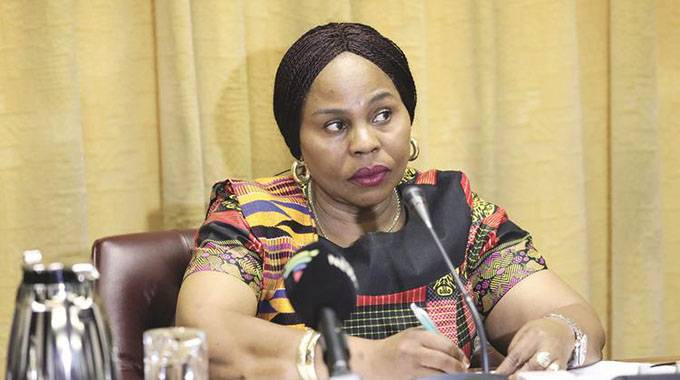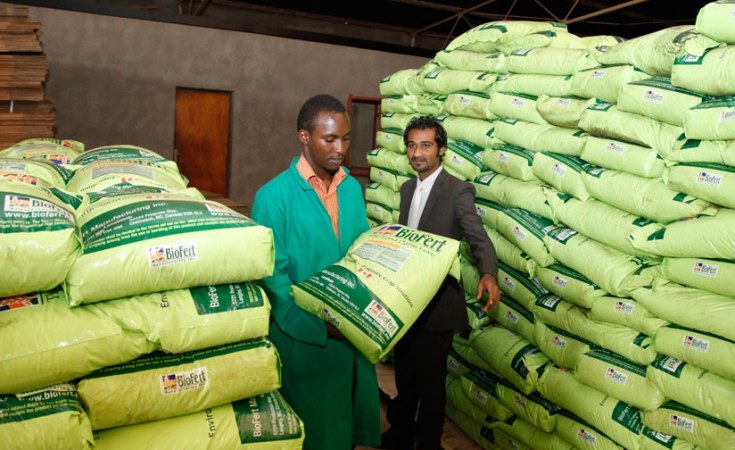US$4m shot in the arm for ZFC
Treasury has promised to immediately release US$4 million to Zimbabwe Fertilizer Company (ZFC) to ease the firm’s cash flow challenges, senior officials said.
ZFC, which is 50 percent owned by the Government through Chemplex Corp, owed US$8 million accrued from fertiliser it received for State assisted farming programmes last season.
The Government is supporting farmers through various schemes including the Presidential Inputs Scheme and Pfumvudza/Intwasa in a bid to drive production and achieve food security. Zimbabwe is already facing a shortage of top dressing fertilisers.
This has been partly attributed to low production by local companies including Sable Chemicals while high levels of leaching as a result of incessant rains have pushed up demand. The prices on the market have also risen beyond the reach of many, particularly smallholder farmers.
“They (the Treasury) have promised to pay US$4 million soon and this should help ZFC to increase production,” Industry and Commerce Minister Dr Sekai Nzenza said.
“At the moment, they are producing at a very low scale and this is obviously contributing to the shortage.”
ZFC managing director Dr Richard Dhafana said the firm’s financial limitations have affected the company’s capacity to release enough AN to the market.
“This is also constraining our capacity for basal fertiliser as we start preparing for the next season,” he said.
Sable, which was targeting to produce 75 000 tonnes of AN this season has so far
produced 33 000 tonnes largely as a result of foreign currency shortages, Dr Nzenza said.
“We need to ramp up local production; support local companies to avoid shortages.”
Last year, the Government launched a five year road map to reduce fertiliser imports
through supporting local companies’ production capacities.
Chemplex and Sable Chemicals, the country’s largest producers of fertiliser, have already
come up with strategies to reduce imports in the next five years.
According to the roadmap, Sable is targeting to increase annual production capacity to
240 000 tonnes by 2025, from the current installed capacity of 90 000 tonnes.
Chemplex Corporation is looking to increase production to 100 000 tonnes a year from 80
000 tonnes.
Zimbabwe has 12 fertiliser companies with the newer ones being involved in the
production of blended NPK compounds. Out of these, three are involved in the primary
production of raw materials.
These are Dorowa Minerals, which mines phosphate rock in Buhera. The phosphate is
then converted to fertiliser grade by ZimPhos in Harare. Sable Chemical in Kwekwe
produces AN from imported ammonia following decommissioning of its electrolysis
plant three years ago. At the secondary level, three companies are involved in
granulation and these are ZFC, Windmill and FSG.
Windmill also operates blending plants.
FSG, Omnia, ETG and several other companies operate blending plants whereby
granulated materials are physically mixed to make various grades of NPK compounds.
The degree of value addition is obviously higher for primary producers.-The Herald









